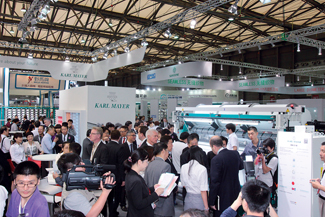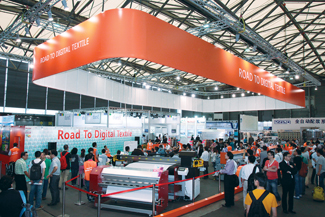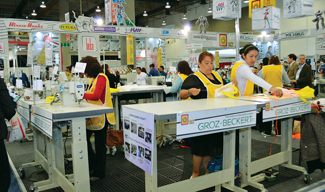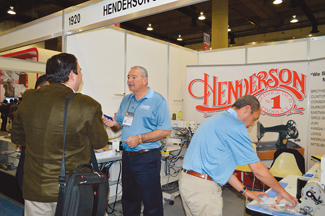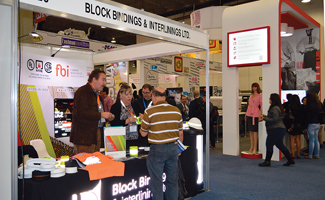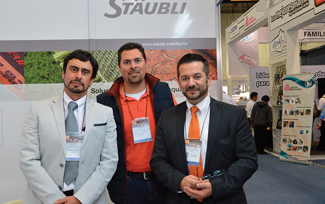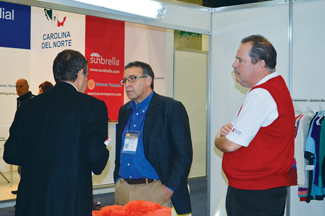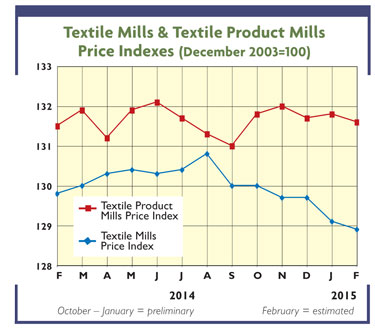SURREY, United Kingdom — March 23, 2015 — FESPA 2015 — to be held 18-22 May 18-22, Cologne, Germany — will build on the exhibition’s 50-year heritage as the leading event for the screen industrial sector with the introduction of a new Industrial Showcase Feature, designed to highlight the cutting edge innovations that are taking place in industrial printing using both screen and digital processes.
The feature will occupy 100m² in Hall 8, and is being promoted and delivered by FESPA in partnership with ESMA, the European Specialist Printing Manufacturers Association and organiser of popular conferences on industrial applications including glass, direct container printing, printed interiors and conductive printing.
The Industrial Showcase at FESPA 2015 will create an easily identifiable destination area where visitors with an interest in industrial applications can see what is happening in industrial print. Showcase exhibits will be sourced from across the exhibition community and supporting information will link each displayed item to the supplying exhibitor. This will enable visitors to investigate further any items of particular interest.
The showcase will be supported with ESMA-hosted ‘lunch and learn’ sessions, offering visitors the chance to hear from opinion leaders in the field of industrial printing.
So far, 40% of respondents to FESPA’s ongoing global Print Census report that they are currently producing industrial applications such as décor and laminates (18%), automotive (7%), 3D printing (5%), electronics (3%), biomedical (4%), glass (3%) and ceramics (2%), with all expecting to be producing even more of these over the next two years.
FESPA Divisional Director Roz McGuinness explains: “FESPA’s audience is deeply rooted in screen print, which has traditionally been the default process for industrial print applications. We expect the next few years to be revolutionary in terms of the progress of industrial print, and the adoption of digital production processes alongside screen print to enable smaller production volumes and increased customisation.
“FESPA is the global event for all areas of speciality print, and many of our exhibitors will be using FESPA 2015 as a launch pad for innovations for industrial applications. However, we acknowledge that there are many visitors who will welcome the chance to explore these opportunities without being ready to consider specific products. We hope that the Industrial Showcase will inspire visitors and give them confidence to develop their business ideas in this direction.”
CEO of ESMA, Peter Buttiens comments: “Industrial printing covers an array of applications including automotive, ceramics, glass, textiles, printed electronics, decorative surfaces and packaging. Wherever we look in our everyday lives, we find examples of industrial print, whether on our white goods, in our cars, on our mobile phones, or even integrated within products that have no visible link with ‘print’, such as kitchen utensils and biomedical devices.
“Developments in output technology, media and inks are driving innovation, while consumer trends such as exponential uptake of electronic devices, are fuelling growth. Speciality printers from all sorts of backgrounds are keen to know how they can access these opportunities, or incorporate industrial print thinking into more conventional printed products, and FESPA is the intuitive environment for them to access this information.”
Posted March 23, 2015
Source: FESPA

